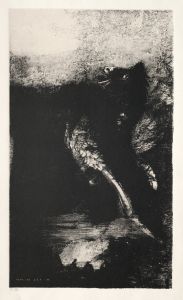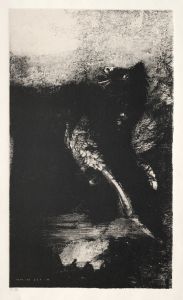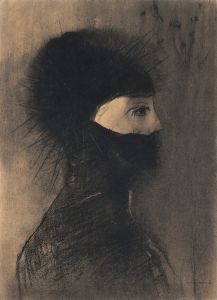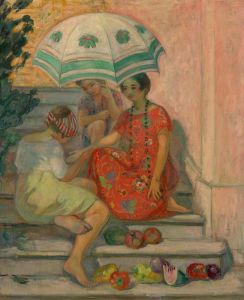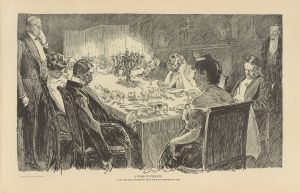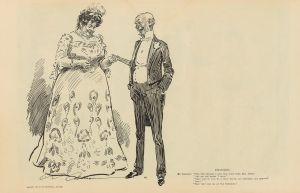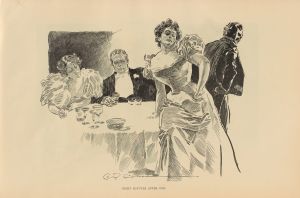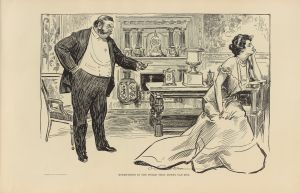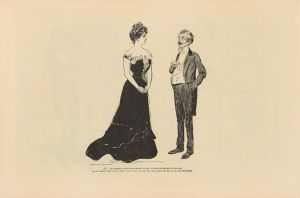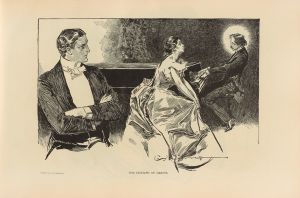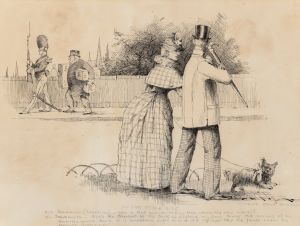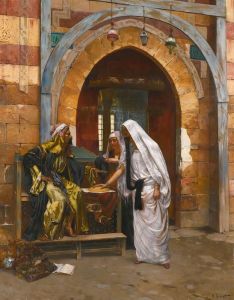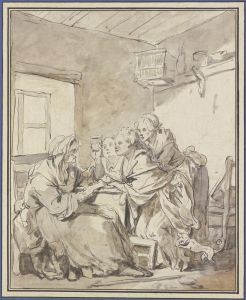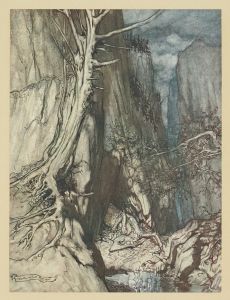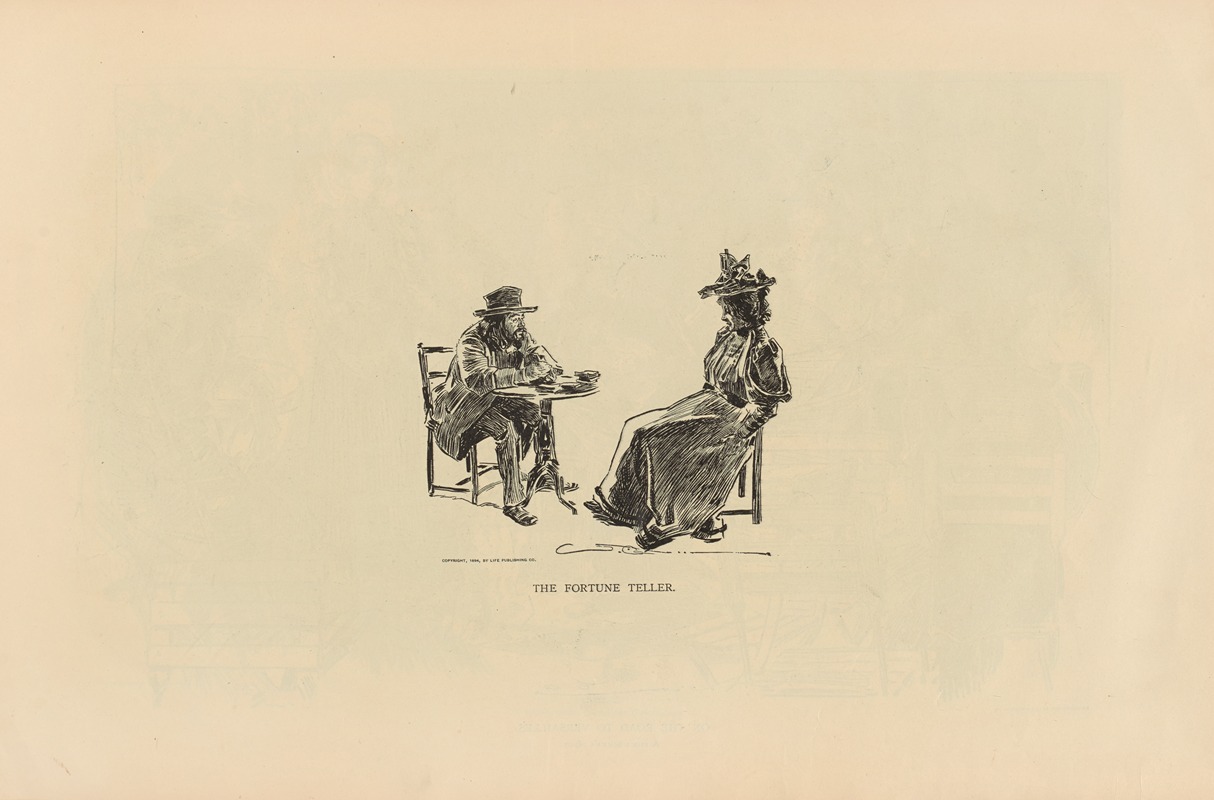
The fortune teller
A hand-painted replica of Charles Dana Gibson’s masterpiece The fortune teller, meticulously crafted by professional artists to capture the true essence of the original. Each piece is created with museum-quality canvas and rare mineral pigments, carefully painted by experienced artists with delicate brushstrokes and rich, layered colors to perfectly recreate the texture of the original artwork. Unlike machine-printed reproductions, this hand-painted version brings the painting to life, infused with the artist’s emotions and skill in every stroke. Whether for personal collection or home decoration, it instantly elevates the artistic atmosphere of any space.
Charles Dana Gibson was an influential American illustrator, best known for his creation of the "Gibson Girl," a representation of the idealized American woman at the turn of the 20th century. Among his many works, "The Fortune Teller" stands out as a notable piece, although specific details about this particular illustration are less documented compared to his other works.
Gibson was born on September 14, 1867, in Roxbury, Massachusetts. He studied at the Art Students League in New York City, where he honed his skills in illustration. His career took off in the 1890s when his illustrations began appearing in popular magazines such as Life, Harper's Weekly, and Scribner's. The "Gibson Girl" became a cultural icon, symbolizing a new era of American femininity and independence.
"The Fortune Teller" is one of Gibson's many illustrations that capture the social dynamics and cultural nuances of his time. While specific information about the creation and publication of "The Fortune Teller" is limited, it can be understood within the broader context of Gibson's work. His illustrations often depicted scenes of social interaction, humor, and satire, reflecting the societal norms and expectations of the late 19th and early 20th centuries.
In "The Fortune Teller," Gibson likely employed his characteristic pen-and-ink style, which was known for its precision and attention to detail. This style allowed him to convey complex expressions and intricate details, making his characters come to life with a sense of realism and personality. The subject of fortune-telling itself was a popular theme during this era, often associated with mystery, curiosity, and the exploration of the unknown.
Gibson's work, including "The Fortune Teller," contributed to the visual culture of his time, influencing both art and society. His illustrations were not just artistic expressions but also commentaries on the changing roles and perceptions of women, as well as the social customs of the day. The "Gibson Girl" in particular became a symbol of the modern woman, embodying beauty, confidence, and independence.
While "The Fortune Teller" may not be as widely recognized as some of Gibson's other works, it remains a part of his extensive portfolio that offers insight into the cultural and social landscape of his era. Gibson's legacy as an illustrator is marked by his ability to capture the spirit of his time, and his work continues to be studied and appreciated for its artistic and historical significance.
In summary, while detailed information about "The Fortune Teller" is scarce, it is representative of Charles Dana Gibson's broader body of work, which played a significant role in shaping the visual and cultural narrative of early 20th-century America. His illustrations remain a testament to his skill and his keen observation of the world around him.





